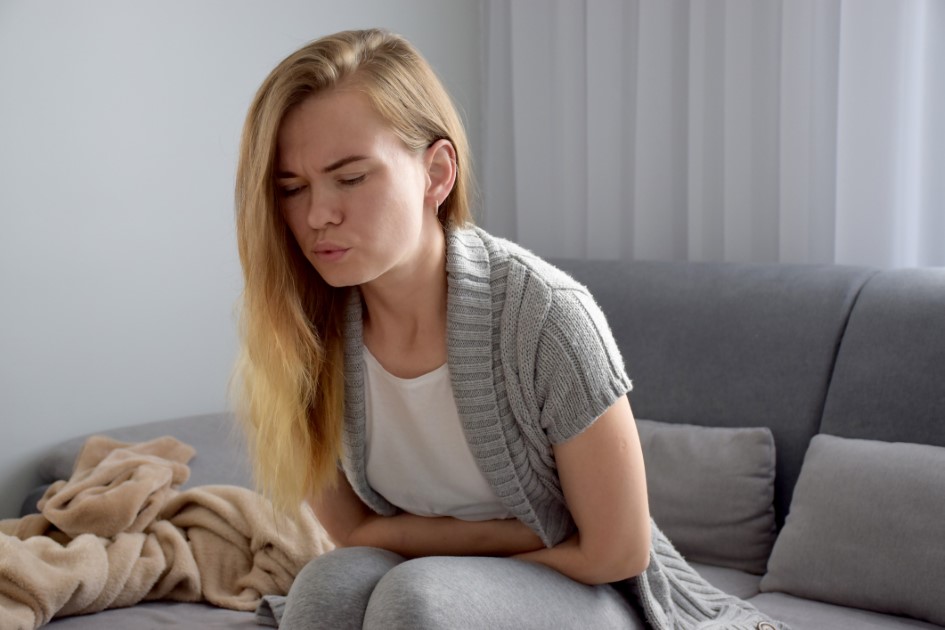
This content was originally produced for audio. Certain elements such as tone, sound effects, and music, may not fully capture the intended experience in textual representation. Therefore, the following transcription has been modified for clarity. We recognize not everyone can access the audio podcast. However, for those who can, we encourage subscribing and listening to the original content for a more engaging and immersive experience.
All thoughts and opinions expressed by hosts and guests are their own and do not necessarily reflect the views held by the institutions with which they are affiliated.
I have had several teen girls come in lately saying that they have researched their symptoms and they believe they have POTS which is postural orthostatic tachycardia syndrome. POTS is one of those diagnoses that is hot right now on social media and so kids are reading about it and then thinking they have it.
What is POTS?
Dr. Gellner: So what is POTS? Well, the main symptoms are dizziness and fainting. These symptoms however can be caused by many other things too such as anxiety, dehydration, not eating properly, and even locking your knees if you are standing too long. What makes POTS different is that it is a problem with the autonomic nervous system. That's the part of the body that controls heart rate, blood pressure, and breathing.
The autonomic nervous system is responsible for making sure that the blood pressure is high enough for the blood to get to the brain regardless of whether a person is standing, sitting, or lying down. Normally what happens when a person goes from lying down or sitting to standing is that the autonomic nervous system tells the blood vessels to tighten up and keep blood moving up to the brain and work against gravity which is trying to pull blood down to one's feet. If this doesn't happen fast enough the blood doesn't reach the brain and a person gets lightheaded or passes out every time they stand. To help the blood get to the brain the heart will beat faster as well. That's tachycardia.
Symptoms and Causes of POTS
Dr. Gellner: In POTS the autonomic nervous system doesn't do its job properly and people pass out or almost pass out all the time every time they try to stand. So what are the other symptoms of POTS? People will often feel unstable, have tunnel vision, chest pain, cold or painful hands and feet, redness or purple coloring in the lower legs, and have problems exercising. These are usually when someone is going to a standing position.
While POTS is usually noticed after someone has a viral illness or an injury, researchers really aren't quite sure what the triggers are for POTS. It may be genetic as it's more common when one or both parents have the diagnosis. It most often happens in females and often begins in the teen years. It also might be related to other body systems as teens who have POTS often will have Ehlers-Danlos syndrome, inflammatory bowel disease, or fibromyalgia.
Diagnosing POTS
Dr. Gellner: To diagnose POTS we usually refer to neurologists. There really aren't easy tests to determine the diagnosis. A complete history, blood pressure readings in multiple positions, and sometimes a tilt table test to evaluate heart rate and blood pressure to go directly from lying down to standing up quickly are needed. Neurology also gets involved to determine if there are other causes other than the nervous system and if that is the sole reason neurology will help manage POTS.
Managing and Treating POTS
Dr. Gellner: POTS is a chronic condition and treatment is mainly supportive with increased fluids, better sleep, slow increase in exercise to help with exercise tolerance, sometimes compression socks, and sometimes therapy to manage POTS triggers. Often it takes a while to find treatments that work completely and neurology and cardiology need to work together. POTS will often improve over time but it totally depends on what treatments work and what the underlying causes are.
If you think your teen has POTS, schedule an appointment with your pediatrician who can ask more history questions and can refer you to a neurologist to start the evaluation.
More Answers to Your Questions on Keeping Your Kid Healthy and Happy
Latest trends and issues in children's health on the Healthy Kids Zone with Dr. Cindy Gellner






